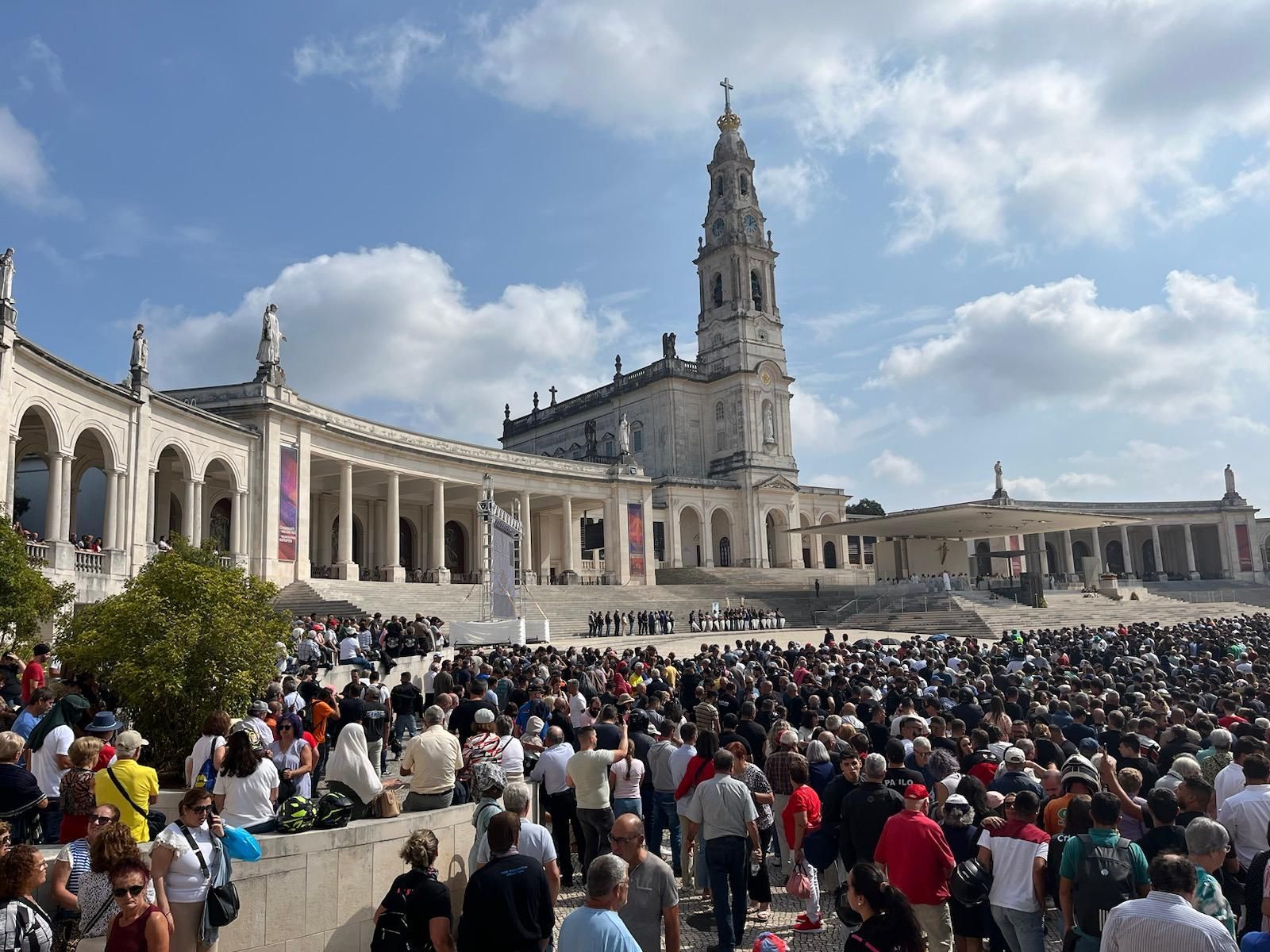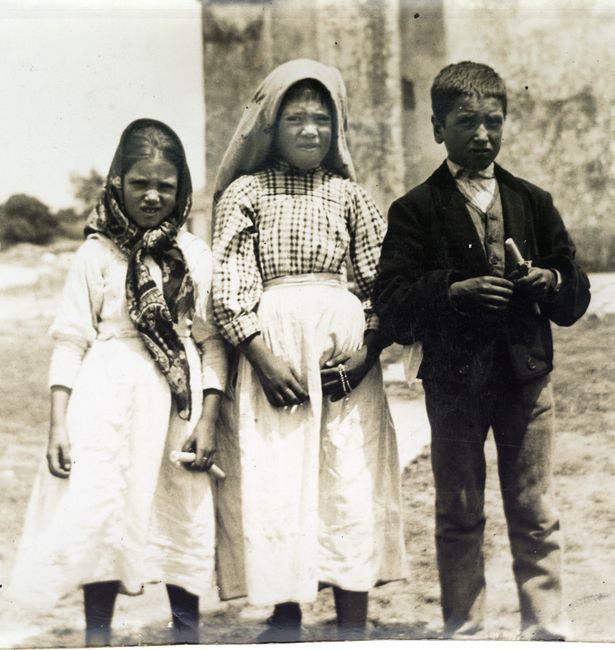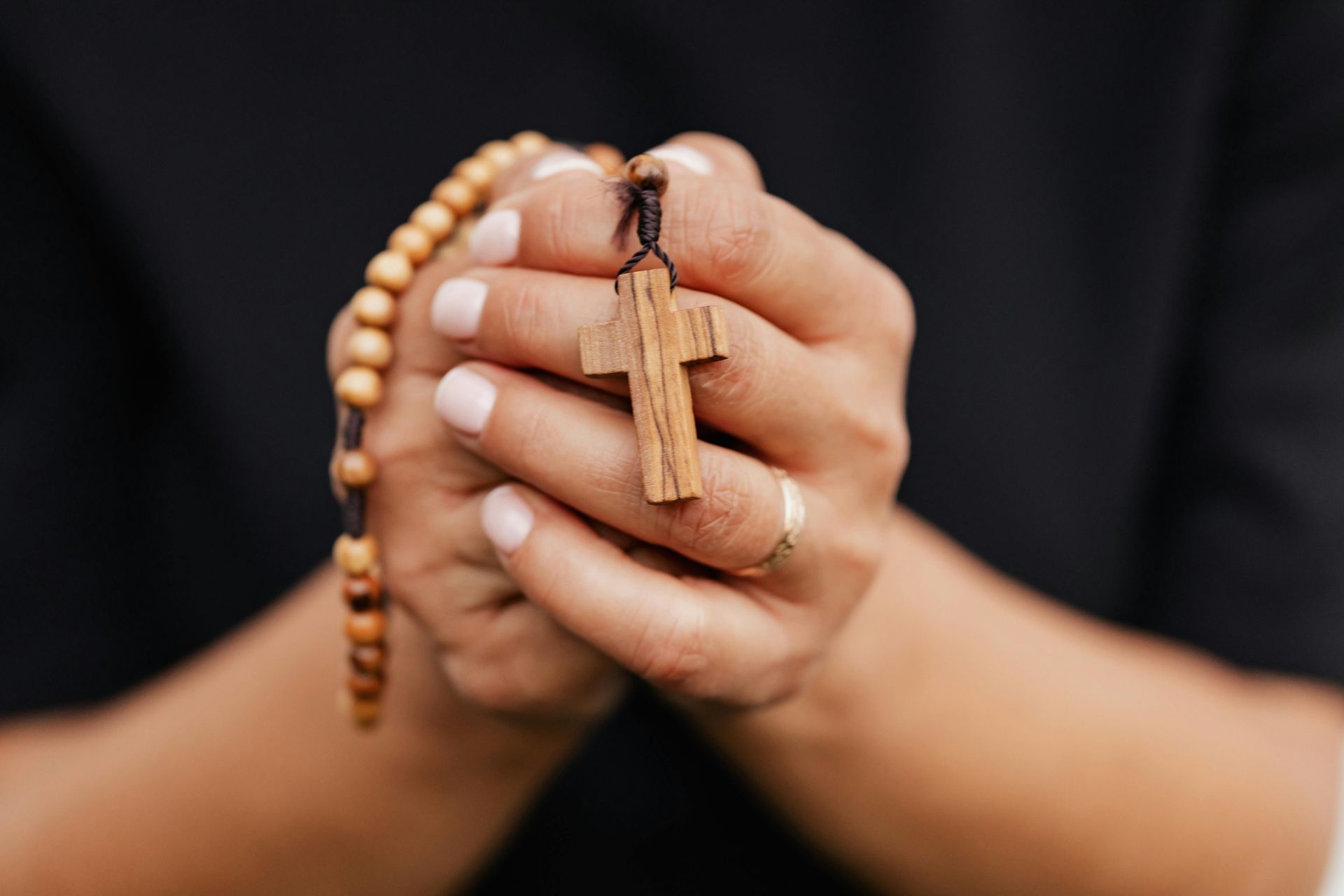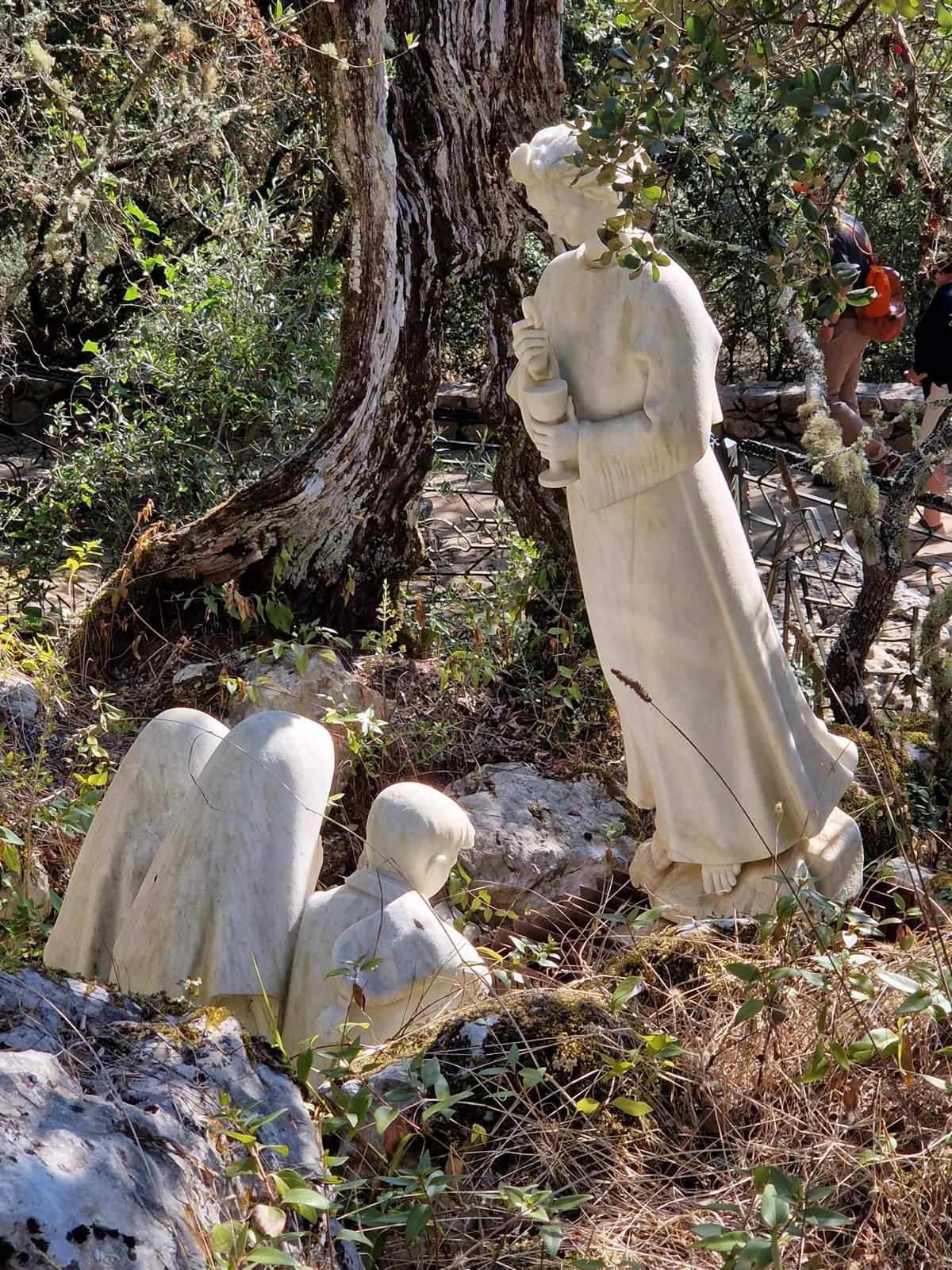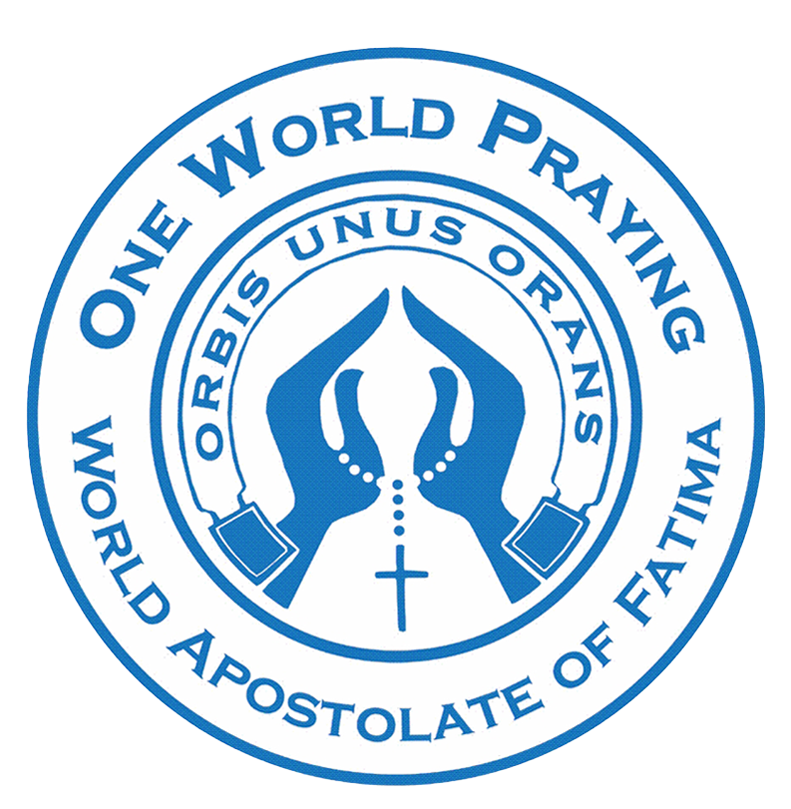THE FINAL BATTLE: Why the Message of Fatima is a Survival Guide for the Modern Family?
Our Lady and St Patrick’s church, Launder Street, Nottingham, NG2 1JQ
Join us at
Our Lady and St Patrick’s church for the Five First Saturdays Devotions to Our Lady of Fatima. Visitors are very welcome for this special event.
Time and further information
First Saturday Devotions: Rosary plus meditation begin at 9:25 am promptly, with Mass at 10 am. Confessions available before Mass.

